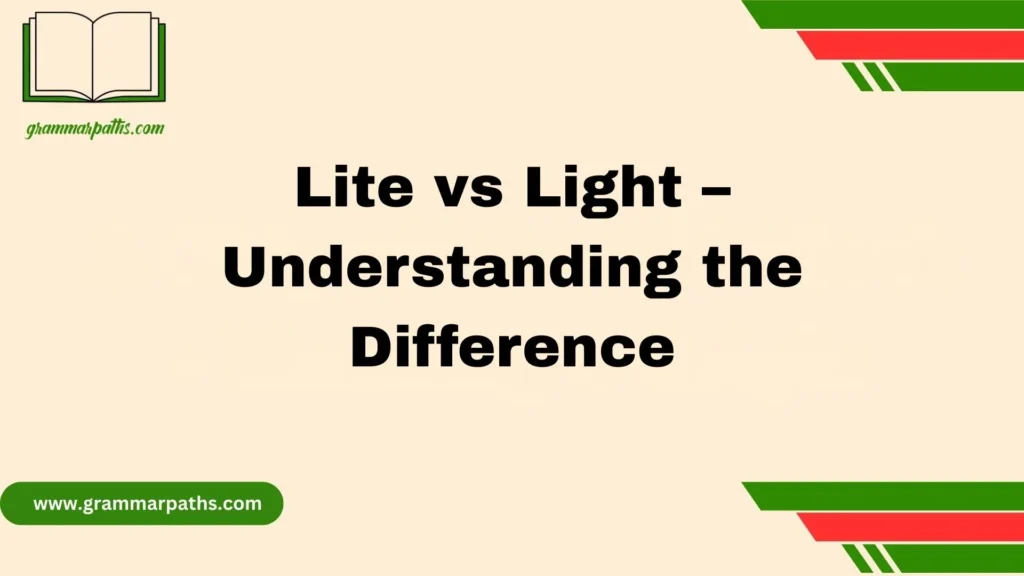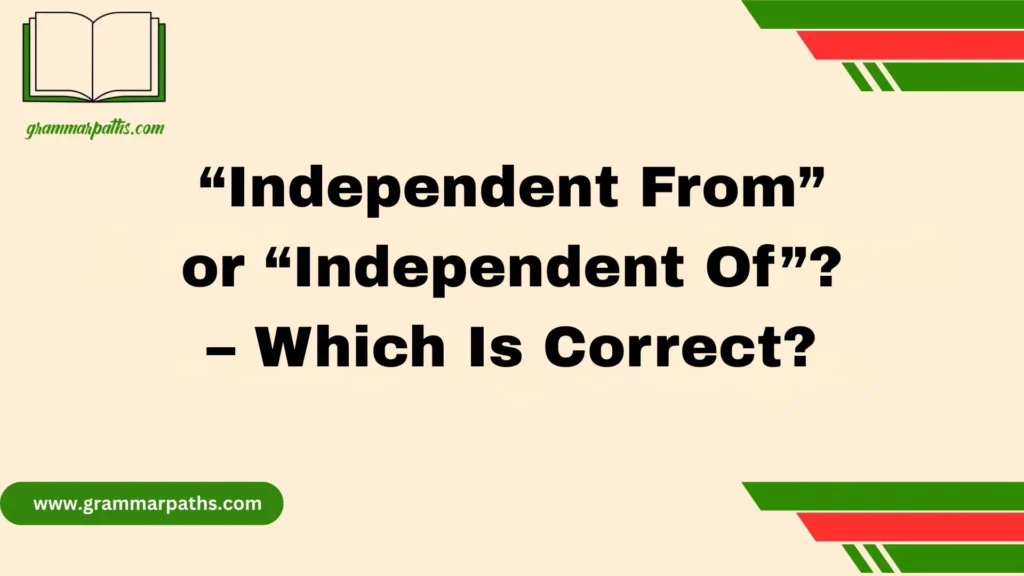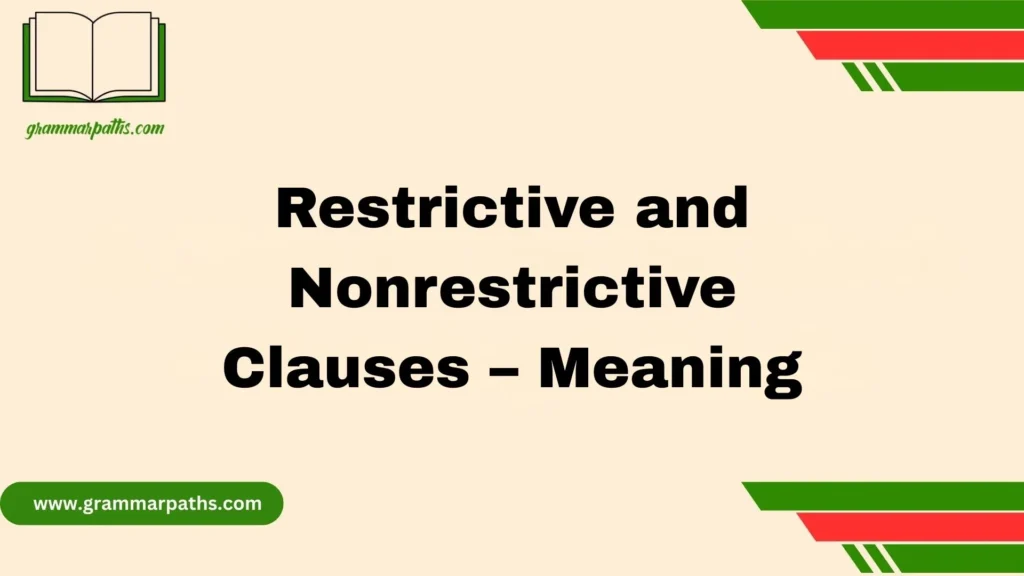When it comes to English grammar, the distinction between herself vs herselves often causes confusion for learners. The word herself is the correct reflexive pronoun used for a single female subject, while herselves is not a standard English word. Many people mistakenly use herselves when referring to multiple women, but grammatically, that role is already fulfilled by themselves.
For example, we say, “She taught herself to play the piano,” not “She taught herselves.” When referring to a group of women, the correct sentence would be, “They taught themselves to play the piano.” The reflexive pronoun herself links the action back to one person, while themselves does so for more than one.
Understanding the proper use of herself vs themselves improves writing clarity, sentence structure, and overall grammar accuracy. In both spoken and written English, using the correct pronoun helps avoid confusion and maintains fluency. This guide will explain the meaning, grammar rules, examples, and common mistakes related to herself and the incorrect form herselves, ensuring you use the right word every time.
Reflexive Pronouns in English: The Foundation
Before diving into “herself,” let’s start with the basics — reflexive pronouns.
A reflexive pronoun reflects the action of the verb back onto the subject. In simple terms, it shows that the doer and receiver of the action are the same person.
For example:
- I taught myself to play guitar.
- She blamed herself for the mistake.
- They introduced themselves at the meeting.
Structure of Reflexive Pronouns
Reflexive pronouns are formed by adding “-self” (singular) or “-selves” (plural) to certain personal pronouns.
| Subject Pronoun | Reflexive Pronoun | Example |
| I | Myself | I told myself to stay calm. |
| You | Yourself / Yourselves | You should be proud of yourself. |
| He | Himself | He cut himself while shaving. |
| She | Herself | She reminded herself of the rule. |
| It | Itself | The cat cleaned itself. |
| We | Ourselves | We organized ourselves quickly. |
| They | Themselves | They congratulated themselves. |
Notice something important? There is no “herselves.” The reflexive form for “she” is “herself” — and only that.
Understanding “Herself” — The Only Correct Reflexive Form
Let’s get straight to it: “Herself” is the correct and only reflexive pronoun for “she.”
It combines the possessive pronoun “her” with “self.” Together, they create a word that refers back to the same female subject performing an action.
When to Use “Herself”
You use “herself” in two main ways:
- Reflexively — when the subject and object are the same.
- Emphatically — to stress or highlight the subject.
Let’s explore both.
Reflexive Use of “Herself”
This is the standard, grammatical use. It shows that the action is directed back at the same person.
Examples:
- She taught herself how to code.
- Mary blamed herself for missing the flight.
- The cat groomed herself in the sun.
Here, “herself” points back to “she” or “Mary,” meaning the same person performed and received the action.
Emphatic Use of “Herself”
Sometimes “herself” is used for emphasis — to highlight or draw attention to who did something.
Examples:
- The CEO herself signed the document.
- She herself prepared the entire meal.
- The artist herself painted the mural.
In these examples, “herself” doesn’t change the sentence’s core meaning; it adds intensity or focus. It’s often used to stress independence, effort, or importance.
The Myth of “Herselves” — Why It’s Incorrect
You might see “herselves” floating around the internet. Some people assume it’s the plural of “herself,” but English doesn’t work that way.
Here’s why:
Reflexive pronouns depend on the subject, not on gender alone. Since “she” is always singular, its reflexive form must also be singular — “herself.”
When the subject is plural, the correct reflexive pronoun changes entirely to “themselves.”
Incorrect vs. Correct Usage
| Incorrect | Correct | Explanation |
| The women helped herselves. | The women helped themselves. | “The women” is plural, so “themselves” must be used. |
| The girls prepared herselves for the show. | The girls prepared themselves for the show. | Reflexive pronoun must match plural subject. |
In short:
“Herself” = singular (she)
“Herselves” = not a word
Even though “selves” appears in plural forms like “themselves” or “ourselves,” it only attaches to plural subjects like they or we.
Exploring “Her Self” — A Different Meaning Entirely
Here’s where things get interesting. “Her self” — two words — isn’t a pronoun at all.
It’s actually a noun phrase, and it refers to a woman’s identity, consciousness, or inner being.
Think of it as the opposite of the reflexive “herself.” One’s “self” isn’t the grammatical self — it’s the psychological self.
Examples in Context
- She’s trying to reconnect with her self after years of stress.
- The novel explores her self through memories and dreams.
- Therapy helped her understand her self better.
In these examples, “her self” means her inner identity or sense of who she is, not the grammatical reflexive form.
Comparing “Herself” and “Her Self”
The difference becomes clear when we see them side by side.
| Term | Type | Meaning | Correct Usage | Example |
| Herself | Reflexive/Emphatic Pronoun | Refers back to “she” | Used after an action or for emphasis | She taught herself guitar. |
| Her Self | Noun Phrase | Refers to identity or individuality | Used in reflective or psychological contexts | She’s discovering her self again. |
So, “herself” focuses on grammar — what someone did.
Meanwhile, “her self” focuses on identity — who someone is.
A good memory trick:
If the sentence is about doing, use herself.
If it’s about being, use her self.
Inclusive and Respectful Pronoun Use
Using the right pronoun isn’t just about grammar — it’s also about respect and clarity.
Language is evolving, and pronouns play a big part in how people express identity. While “herself” remains the grammatically correct reflexive pronoun for someone using “she/her,” writers and speakers should be mindful of personal pronoun preferences.
Examples of Inclusive Pronoun Usage
| Person’s Pronouns | Reflexive Form | Example |
| she/her | herself | She reminded herself to rest. |
| they/them | themselves | They told themselves to be patient. |
| he/him | himself | He challenged himself to improve. |
Inclusive language ensures everyone feels seen and respected, especially in professional and educational settings.
Common Pronoun Mistakes to Avoid
Even native speakers mix these up sometimes. Here are the most common errors — and how to fix them.
- Using “herselves” for plural female subjects
- The girls helped herselves.
- The girls helped themselves.
- Using “her self” when you mean “herself”
- She taught her self piano.
- She taught herself piano.
- Confusing identity phrases with reflexive ones
- She found herself after therapy. (Fine if reflexive)
- She found her self after therapy. (If referring to her sense of identity)
Case Study: Grammar in Everyday Scenarios
Let’s see how this plays out in real-world writing.
Case 1: Academic Writing
A psychology paper might include:
The patient’s journey toward understanding her self reveals a transformation in identity.
Here, “her self” refers to personal identity — not a reflexive action.
Case 2: News Article
The mayor herself attended the event.
“Herself” here adds emphasis, showing that the mayor personally made an appearance — not through representatives.
Case 3: Informal Speech
She’s been working on herself lately.
This example could go either way depending on meaning:
- If she’s focusing on self-improvement → “herself.”
- If she’s exploring identity deeply → “her self.”
Context determines which fits best.
When Pronoun Mistakes Happen — How to Handle Them
Everyone slips up sometimes. If you use the wrong pronoun, the key is to correct yourself quickly and respectfully — no need for embarrassment.
How to Correct Yourself Gracefully
- Simply restate your sentence correctly.
- Oops, I meant “herself,” not “herselves.”
- Don’t make a big deal out of it.
- Listen and learn — especially if someone corrects you about their preferred pronouns.
Remember, respect beats perfection. Good grammar and kindness can absolutely coexist.
Language Evolution: How Identity and Grammar Intersect
Language isn’t static; it evolves with society.
In modern writing — especially in psychology, feminism, and literature — the phrase “her self” has gained popularity as a way to explore individual identity or self-awareness.
Examples in Literature and Culture
- In feminist theory, “her self” often symbolizes a woman reclaiming her sense of agency.
- In modern psychology, it’s used to describe the process of reconnecting with one’s authentic identity.
- In creative writing, authors use “her self” to reflect emotional or spiritual awakening.
However, it’s vital to distinguish between creative expression and grammatical correctness.
In formal grammar:
Use herself for actions.
Use her self only in reflective or identity-based discussions.
Never use herselves — it’s simply incorrect.
Quick Reference Guide
Here’s a compact summary you can revisit anytime:
- “Herself” — correct reflexive/emphatic pronoun for “she.”
- “Her self” — a noun phrase referring to identity or being.
- “Herselves” — not a valid English word.
Mini Table: At a Glance
| Word | Part of Speech | Meaning | Correct? | Example |
| Herself | Reflexive / Emphatic Pronoun | Refers back to “she” | ✅ | She encouraged herself to try again. |
| Her self | Noun Phrase | A woman’s identity or consciousness | ✅ | She’s getting in touch with her self. |
| Herselves | — | Incorrect plural form | ❌ | — |
The Importance of Clarity and Respect in Pronoun Use
Using the right word does more than follow grammar rules — it shows thoughtfulness. When we write or speak carefully, we communicate not just ideas, but respect, understanding, and intelligence.
Pronouns may seem small, but they shape how we express empathy and connection. Whether you’re teaching, writing, or speaking, clarity in pronoun use reflects both linguistic accuracy and emotional awareness.
Conclusion
In summary, the word herself is the correct reflexive pronoun for a single female subject, while herselves is not grammatically correct and should never be used. Always remember: use herself when referring to one woman and themselves when referring to more than one. Proper understanding of herself vs themselves strengthens your command of English grammar, enhances sentence clarity, and prevents common language errors. Whether in writing or conversation, choosing the right reflexive pronoun shows both accuracy and confidence in communication.
FAQs
Q1: Is “herselves” a real word?
No, herselves is not a real or accepted word in English grammar. The correct plural reflexive pronoun is themselves.
Q2: When should I use “herself”?
Use herself when the action of the verb reflects back on a single female subject, such as “She looked at herself in the mirror.”
Q3: What is the plural of “herself”?
There is no plural form of “herself.” Instead, use themselves when referring to multiple females, e.g., “They prepared themselves for the test.”
Q4: Why do people say “herselves”?
Some people mistakenly believe “herselves” is the plural of “herself,” but this is incorrect according to standard English grammar rules.
Q5: Can “herself” ever be used for more than one person?
No. Herself is strictly singular and should only refer to one woman at a time.

Mia Rose is the passionate writer and founder of GrammarPaths.com, a resource dedicated to helping learners master English grammar, idioms, and writing skills with ease. With a deep love for language and years of experience in teaching and content creation, Mia simplifies complex grammar rules into clear, practical guides that readers can instantly apply.












